Species protection in the city of Wolfsburg
What is species conservation?
Species protection refers to the preservation of the diversity of plants and animals and aims to counteract the ongoing loss of biodiversity. Species protection law protects certain animal and plant species, regardless of whether they occur in protected areas. Relevant regulations on species protection are enshrined in international agreements, such as the Washington Convention, as well as in EU law, such as the Habitats and Birds Directives, and in federal and state law. A special feature of species protection in the Federal Nature Conservation Act is a tiered protection system based on the species' need for protection. This means that all wild animals and plants receive basic protection, while a higher level of protection applies to particularly endangered and strictly protected species. Species protection law plays an important role in planning and approvals.
Disturbing, damaging or killing protected animal and plant species or their habitats is prohibited by law and is therefore considered an encroachment on nature and the landscape. Such interventions must be assessed in advance when planning. There is no violation of the prohibitions under species protection law if the ecological function of the affected habitats continues to be fulfilled in the spatial context - e.g. through targeted species protection measures. These are very diverse depending on the species affected. They often involve artificial habitats for birds and bats (CEF measures), which are installed before the planned intervention. These are explained in more detail here.
What is a CEF measure?
A CEF measure (continuous ecological functionality-measures) is an early compensatory measure in the area of impact regulation. Interventions include, for example, trees that have to be felled due to traffic safety or the demolition of buildings. It is often the case with buildings that bat roosts or bird nests can be found in roof gables, on wall projections or behind window shutters. Trees can of course also harbor bats and birds. Therefore, before demolishing an old building or felling a tree, it is important to check whether breeding sites or bat roosts are present. These must be replaced before the intervention, i.e. before demolition or felling.
CEF measures
- are species protection measures
- take place before planned or necessary interventions
- ensure the ecological and functional stability of affected populations and protected species
- should have a direct spatial connection to affected breeding or resting sites (habitats), create new functional habitats in the vicinity and secure them
- create functional replacement habitats without gaps in time
- are accompanied by monitoring to check their success
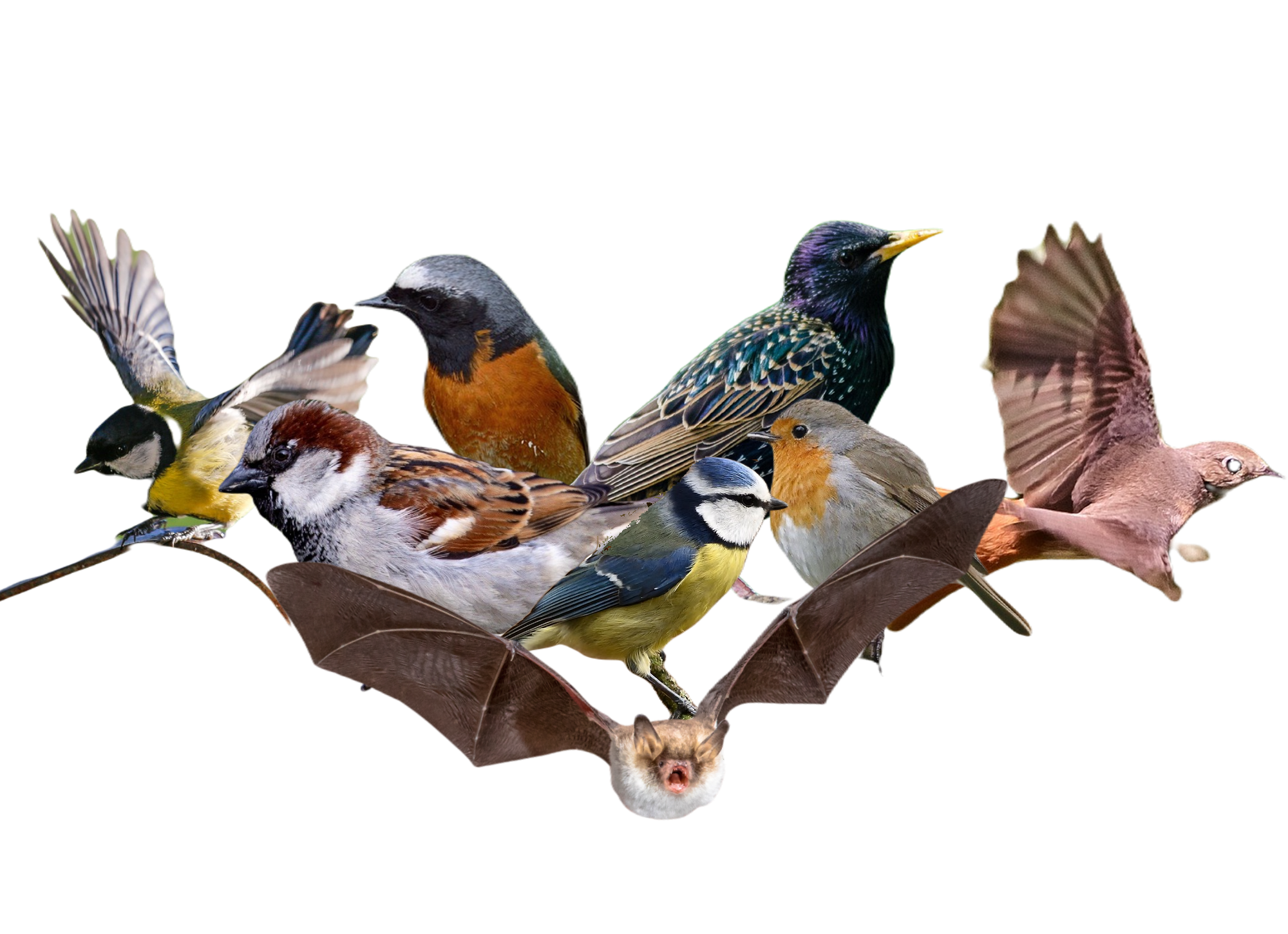
What happens to the bird nesting boxes and bat roosts?
The bird nesting boxes and bat roosts are monitored for success over the first 3 to 5 years.
The City of Wolfsburg's nesting boxes are located in GIS so that they are easier and quicker to find in the area. They are also cleaned, maintained, serviced and checked for traffic safety every year.
Birds and bats need different nesting aids. Depending on the bird or bat species, there are the following differences:
- the breeding method
- the type and construction of the nesting aid
- the size of the nesting aid
- the size of the entrance hole
Bird nesting boxes
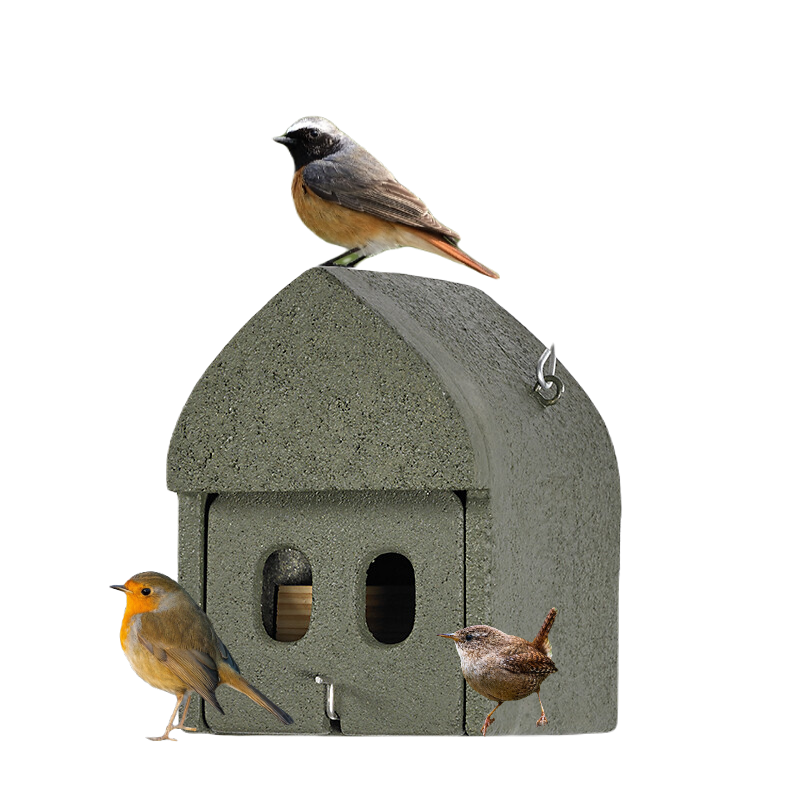
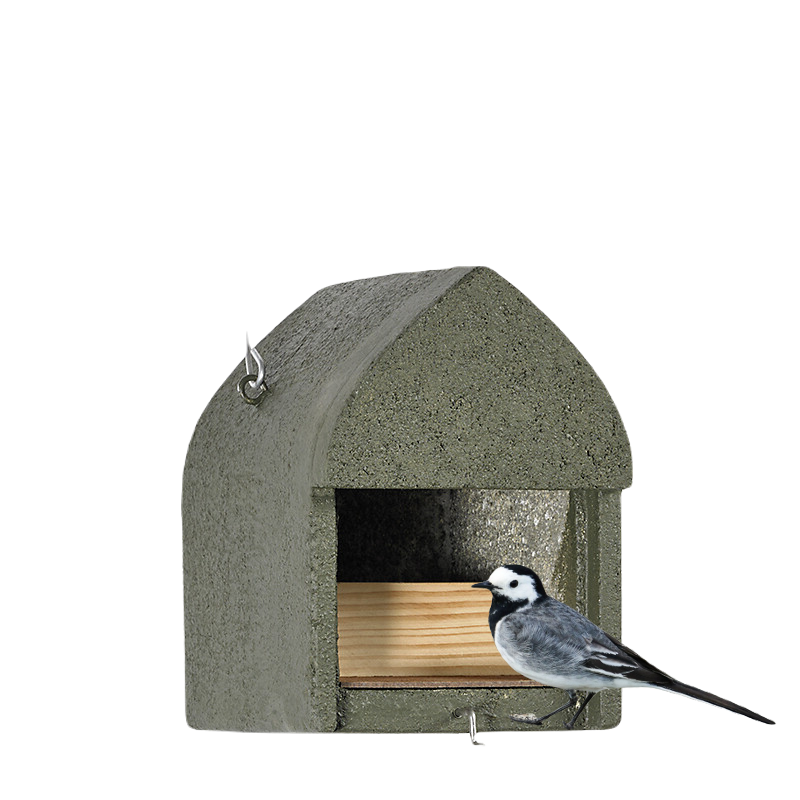
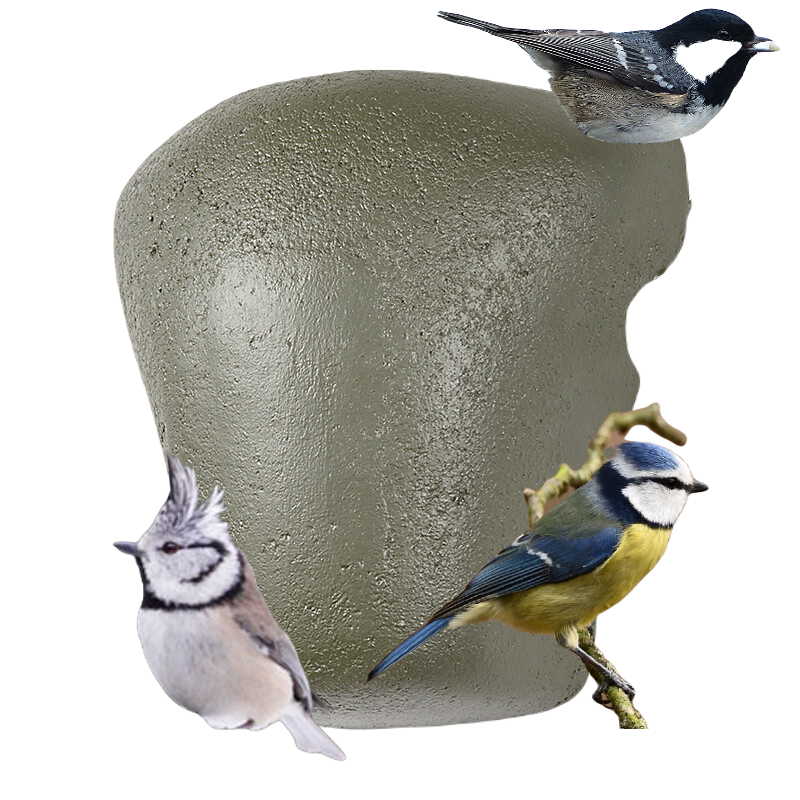
Nesting box for niche breeders such as black redstart, white wagtail, coal tit, tree sparrow and house sparrow, robin, wren, gray flycatcher
Empty nesting box for niche breeders such as black redstart, white wagtail, coal tit, tree sparrow and house sparrow, robin, wren, gray flycatcher
Nesting box for treecreeper, blue tit, marsh tit, fir tit and crested tit
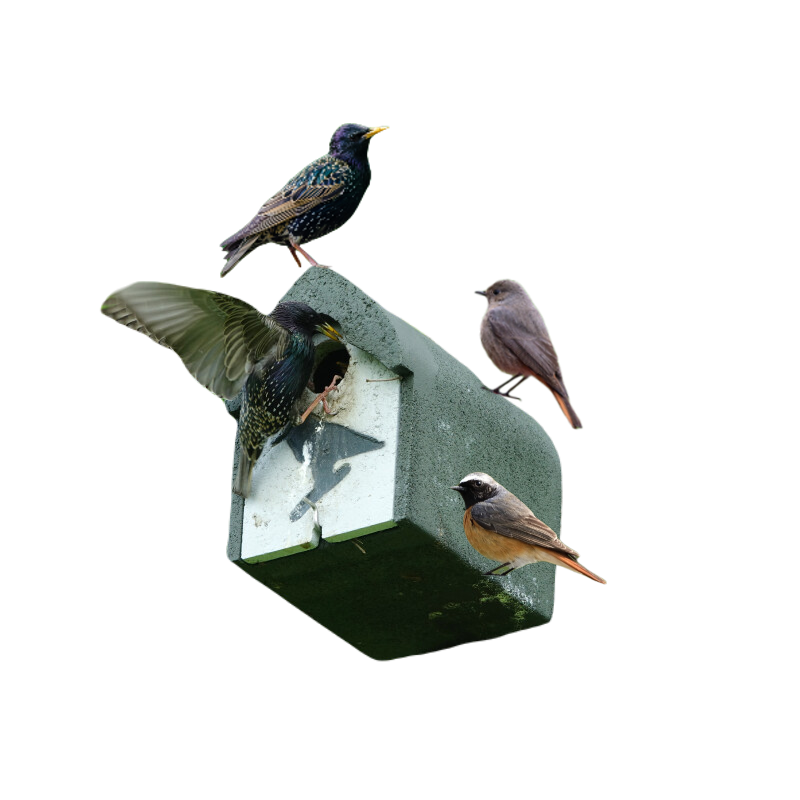
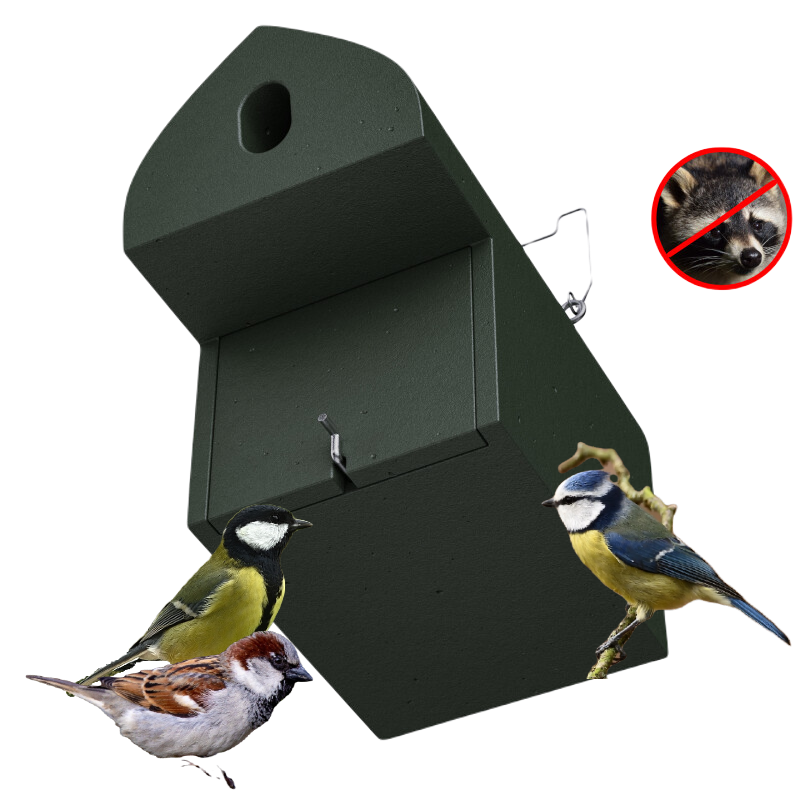
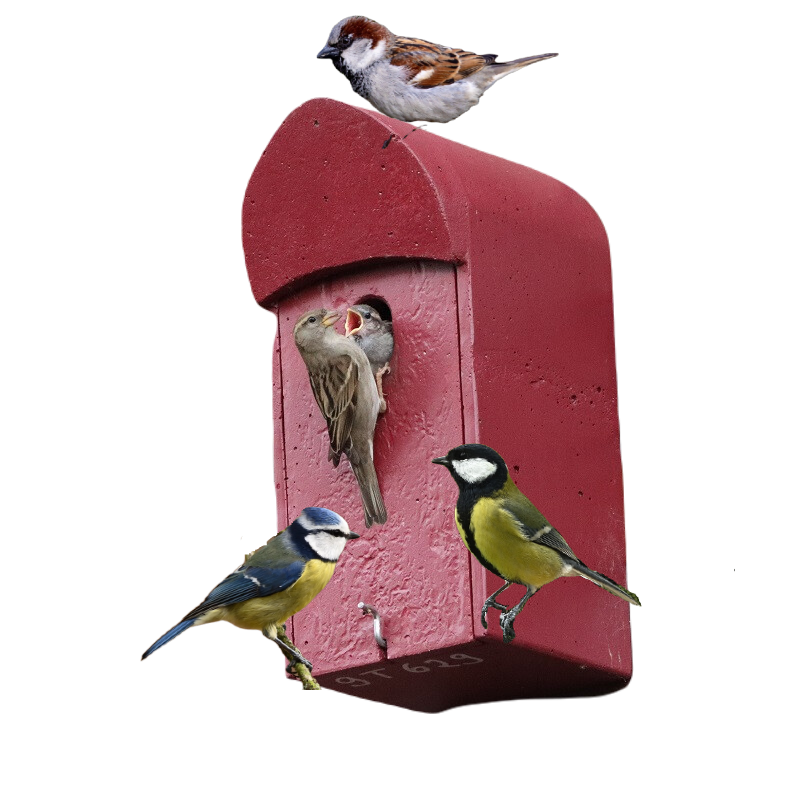
Nesting aid for starlings and redstarts
Nesting aid for great tit, tree sparrow, house sparrow, nuthatch, blue tit, marsh tit, wryneck, crested tit, pine tit
Nesting aid for great tit, tree sparrow and house sparrow, black redstart and common redstart, blue tit
.png)
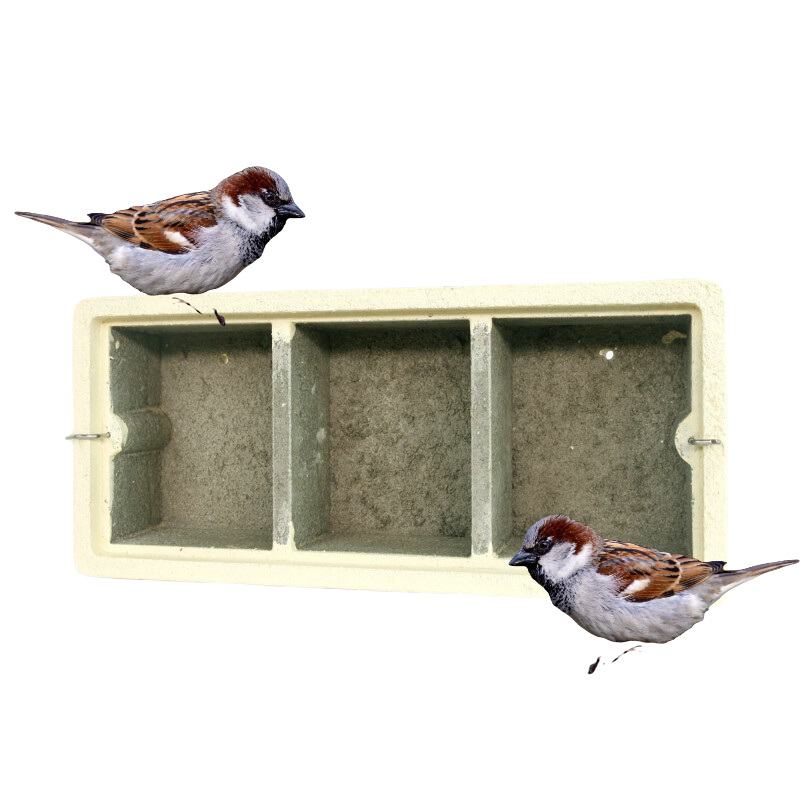
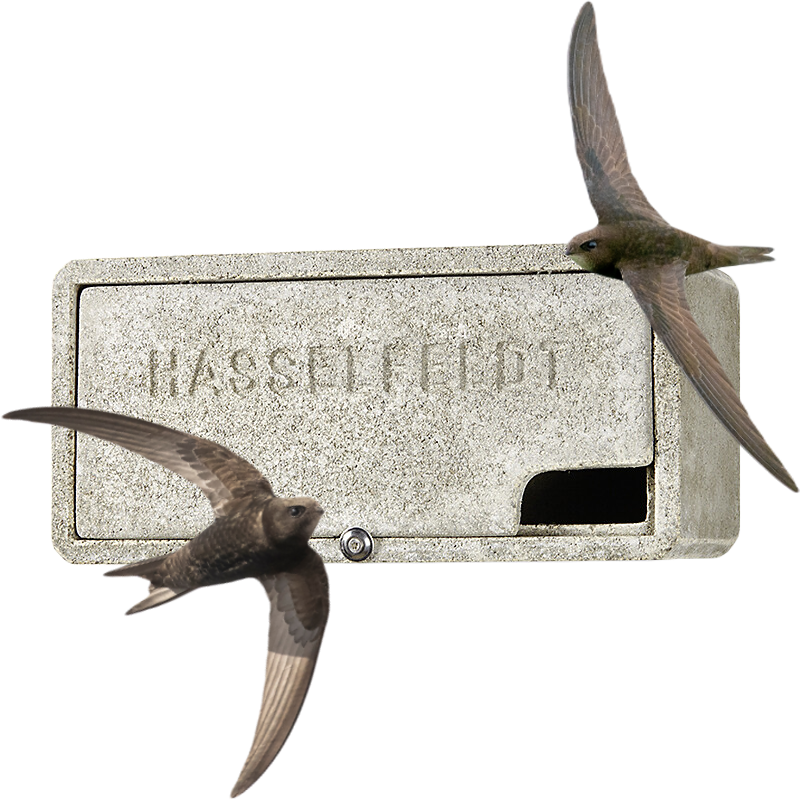
Colony nesting box for sparrows (exterior view)
Colony nesting box for sparrows (interior view)
Nesting box for swifts
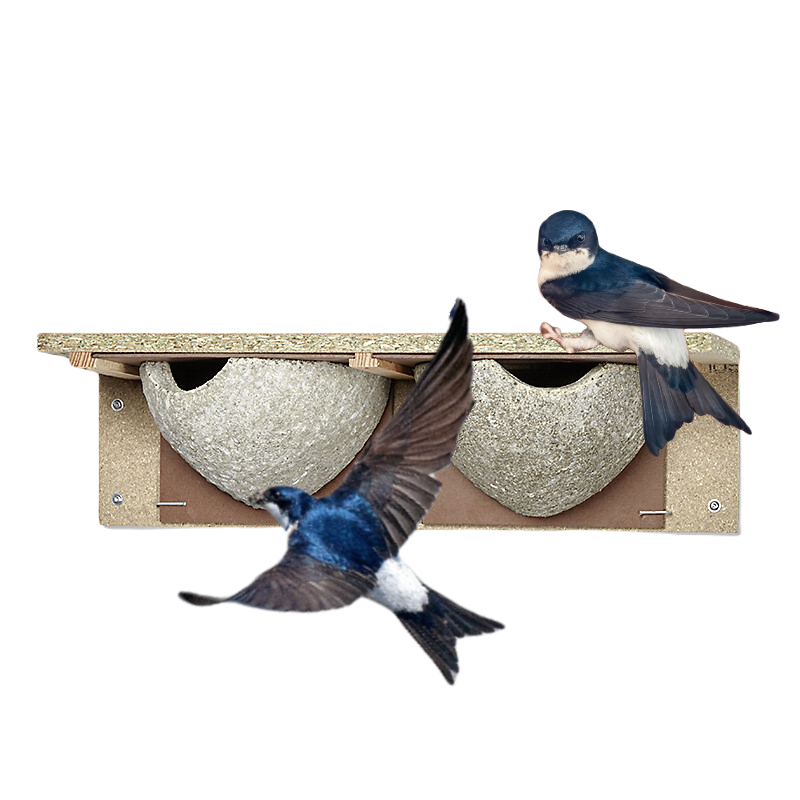
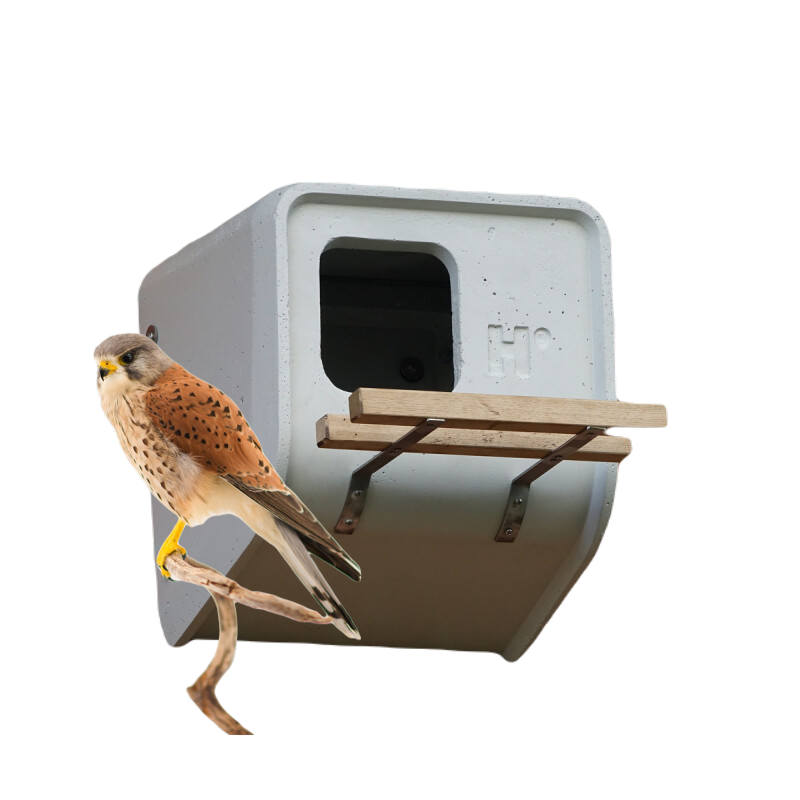
House martin double nest
Kestrel façade nest box lateral perspective
Bat roosts
Bat crevice boxes are the summer roosts of bats. The large caves serve as a "nursery" and are used as winter roosts.
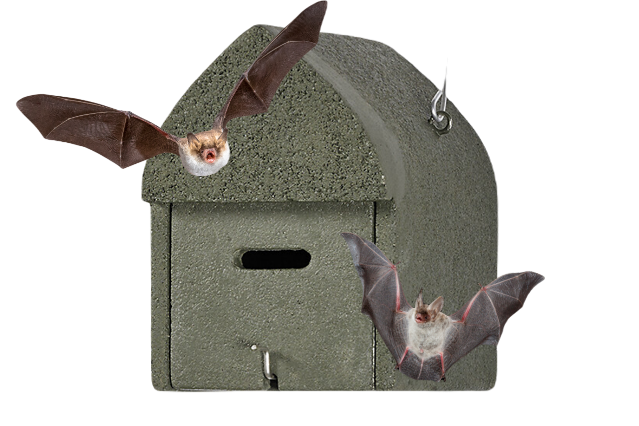
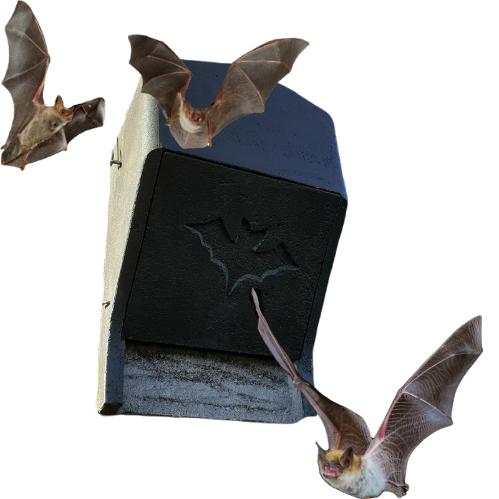
Bat cave
Large bat box for small bats
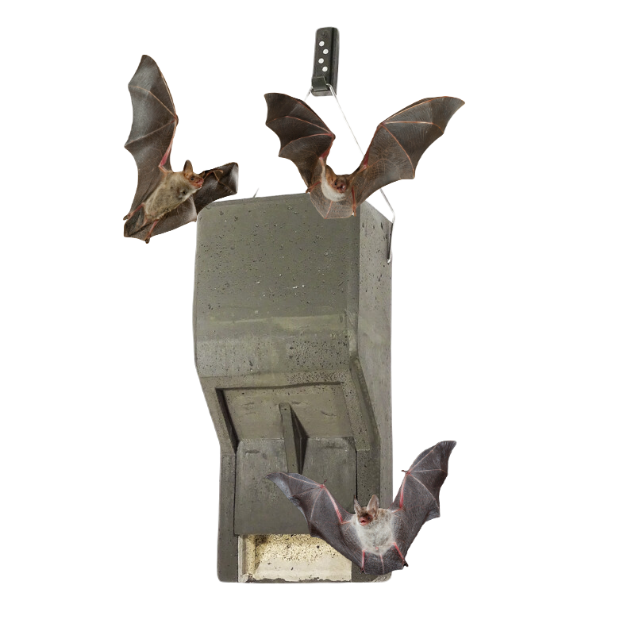
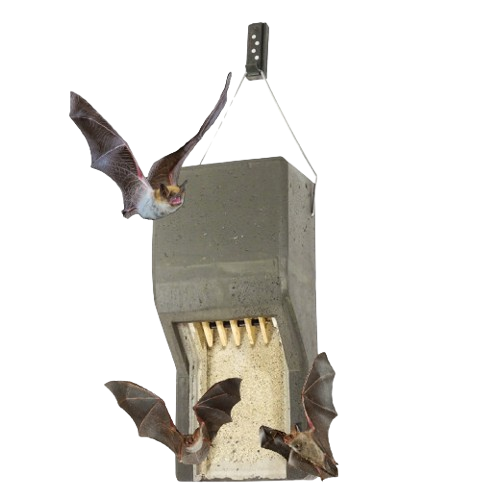
All-year-round bat roost for common noctule bats
Full-year bat roost for common noctule bats without bats
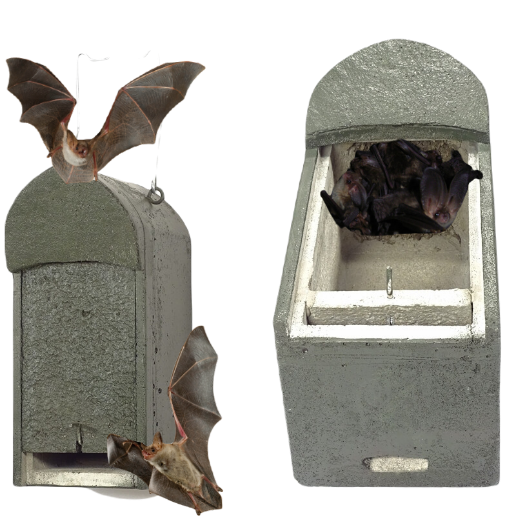
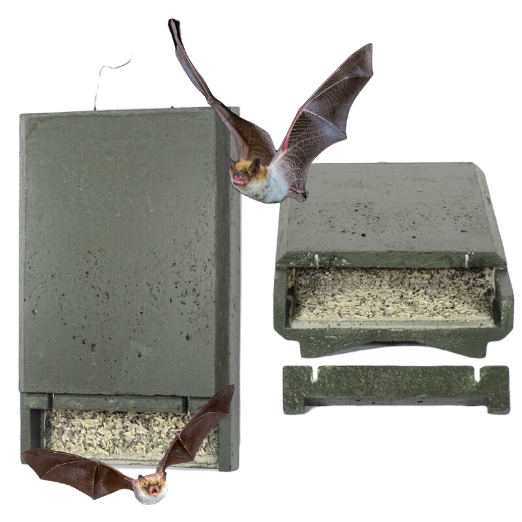
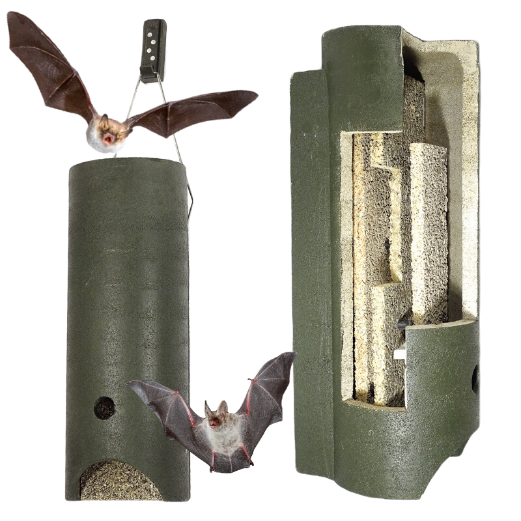
Bat cave with two slits
Bat crevice box
Bat cave
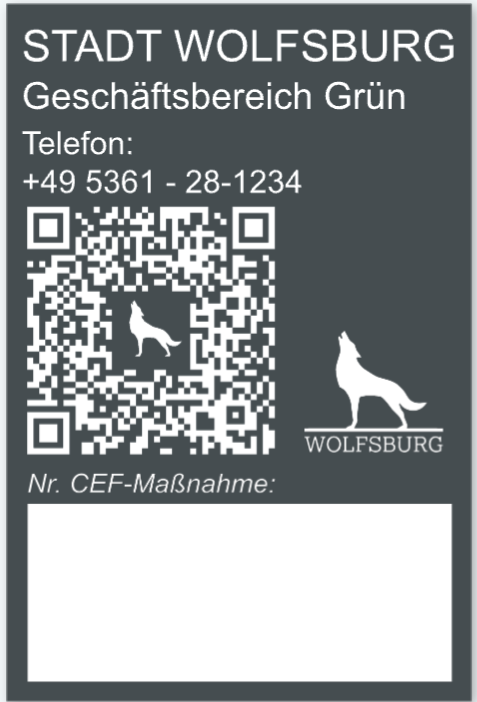
The city's nesting aids are all located and labeled using GPS (see illustration on the left).
In this way, you can actively contribute to species conservation in the city of Wolfsburg:
If you find a damaged or fallen nesting aid, please contact us by QR code or telephone and include the number of the nesting aid. Thank you very much.